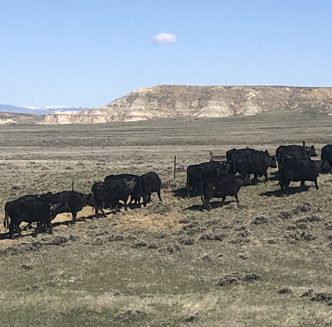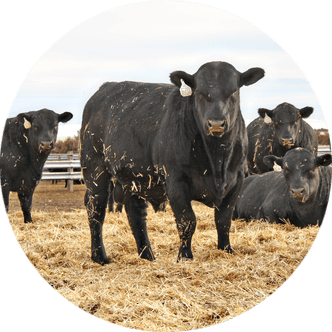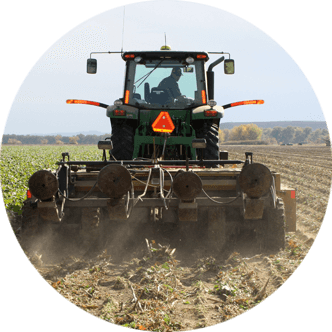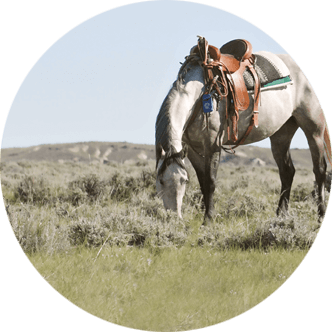Using effective planting strategies will positively impact yields
Spring emerges as the most crucial period for row crop production, often taking the lead as the busiest time of the year.
However, rushing through spring fieldwork can create problems extending far beyond the planting process, so taking the time to prepare properly is essential for a successful season.
According to a March 28 Farm Progress article by Gil Gullickson, farmers have to navigate issues depending on planting conditions which vary significantly each spring and change planting schedules, causing interruptions, delays or replanting.
However, according to United Soybean Board Director and Iowa Farmer Robb Ewoldt, the bottom line is all about growing more bushels and enhancing yields.
Preparing seedbeds
Before planting a crop, it is important to start with a weed-free seedbed through effective practices such as the use of burndown herbicides or tillage.
A known culprit is waterhemp, which has small seeds and must germinate near the surface of the soil. It is easier to control when it’s in the seedling stage.
“The earlier you can get something on from a preemergence perspective, the better,” Gullickson states. “A strong preemergence herbicide mix featuring multiple sites of action can effectively halt grasses and broadleaves, such as waterhemp, for several weeks until an overlapping postemergence residual can take over.”
Another way to mitigate waterhemp is to limit light exposure to the soil surface. Cover crop residue, crop canopy closure or targeted tillage may reduce waterhemp populations.
Management efforts should include reducing the number of waterhemp plants setting seed contributing to the seedbank. However, managing waterhemp for zero seed production requires additional management and expense.
“A combination of tactics in an integrated weed management approach is necessary to keeping a field clean and stopping weeds from going to seed. This will reduce the likelihood of heavy weed pressure the following year,” Gullickson states.
What to grow first
Farmers ask the question each year, what should be planted first corn or soybeans, but depending on location, weather and seedbed conditions, it can vastly differ across the country.
Soil temperatures of 50 degrees Fahrenheit, followed by four to five days of forecasted good weather, suits well for planting corn, says Andrew Penney, a Bayer Preceon agronomy lead.
Conversely, soybeans gain the go ahead if soil temperatures hover around 48 to 49 degrees Fahrenheit, with an adverse four- to five-day weather forecast.
“Soybeans can germinate in temperatures lower than those of corn,” Penney says. “We can tolerate losing a few soybean plants. With corn, losing a few plants matters a lot more.”
In the last two decades, it has been reported soybeans have shifted from being the last crop to be planted to the first, but a more strategic approach involves planting soybeans when conditions are adequate and planting corn when conditions are truly optimal.
“However, as weather patterns change from dry springs to monsoon summers, which do not cease in some areas until July, it’s important to choose hybrids and varieties which can tolerate wet feet but also have good drought tolerance,” Penney adds.
He mentions, with soybeans, a drop in population in highly-productive areas is necessary to save on seed costs while maintaining yields.
“It’s a different story in poorer field areas,” he explains. “In those spots, we want to raise populations to increase plant-to-plant competition, plant height and branching so the canopy can close quicker.”
Additionally, soybeans can fill in and adapt better to poor emergence, thanks to seed genetic improvements, management and possibly weather cycles. Late-planted corn has not seen the yield hits witnessed two decades ago, according to Gullickson.
Nitrogen application
Penney suggests growers consider a split nitrogen application strategy, with a pre-plant application followed by in-season side dressing or pre-tassel nitrogen applications.
“If all nitrogen is put on upfront and wet weather results, there’s the potential to lose a lot of it,” Penney says. “No one wants to see their nitrogen move deeper into the soil profile, where the plant can’t access it. The more we split up applications of nitrogen, the better off the return on investment will be.”
Over the past 70 years, modern hybrid corn varieties exhibit improved nitrogen use efficiency and resilience to nitrogen stress, with a greater ability to take up nitrogen after silking and maintaining yields even under nitrogen-deficient conditions.
“We’re planting later-maturing corn and capturing additional yield because of heavier kernel weight,” Penney says. “To get those heavier kernel weights, we need more nitrogen later in the growing season. All of the science shows us we need more nitrogen later, and yet we’re still putting a lot of our nitrogen on in a one-pass system.”
Fungicide application
Managing tar spots is key, and genetically-resistant hybrids are the first place to start. The second is keeping the plant healthy, and knowing when to apply fungicide is critical to help corn tolerate disease better.
Penney suggests, in most cases, the optimum timing normally occurs around the tasseling stage (VT), but weather conditions can alter this timing.
“I always tell growers if it has been dry two weeks prior to tassel and the forecast is for dry weather, they can delay the application to ensure protection later into grain fill,” Penney says.
In such cases, he recommends waiting until the blister stage to consider applying a fungicide.
“However, this hinges on a farmer’s ability to schedule a timely aerial application, or if a farmer owns a ground rig to quickly apply a fungicide,” he adds. “If a farmer is at the mercy of a commercial applicator, aim for the VT timing.”
In regards to the success of a two-pass fungicide application, Penney mentions it doesn’t pay off. Conditions spurring tar spot infestations over long periods can result in applications at VT and milk stage (R3), spurring a favorable return on investment, he says.
“Even at the sent stage (R5), farmers still have corn kernels needing to accumulate roughly 45 percent dry matter to maximize yields,” he says. “That is 45 percent of their yield.”
If tar spot infestations continue, an R3 fungicide application can protect yields later into the growing season.
However, if corn enters into the dough stage and R5 stage, it is getting too late for a fungicide application, Penney contends.
Melissa Anderson is the editor of the Wyoming Livestock Roundup. Send comments on this article to roundup@wylr.net.





